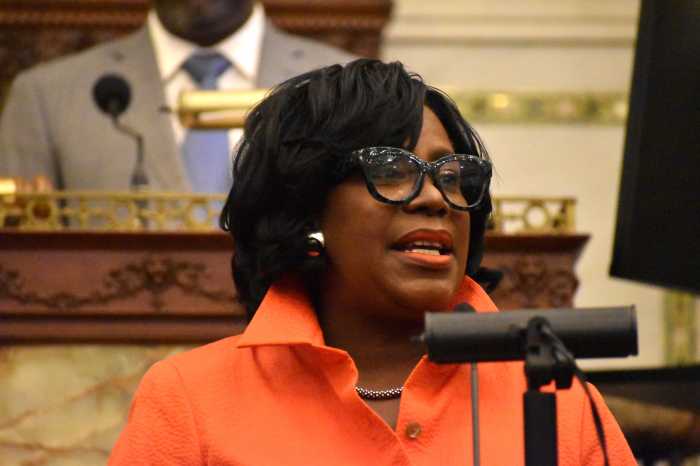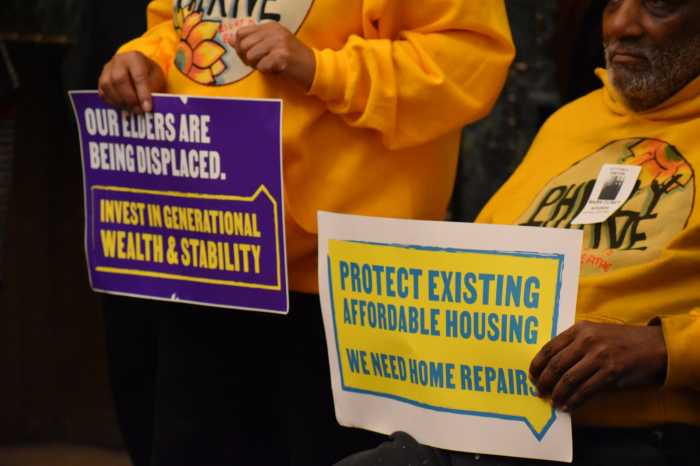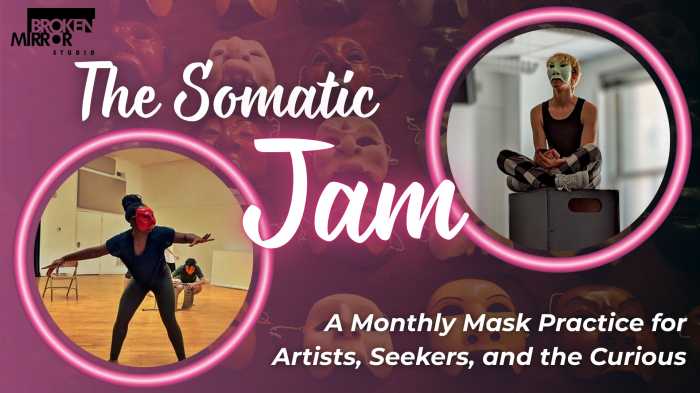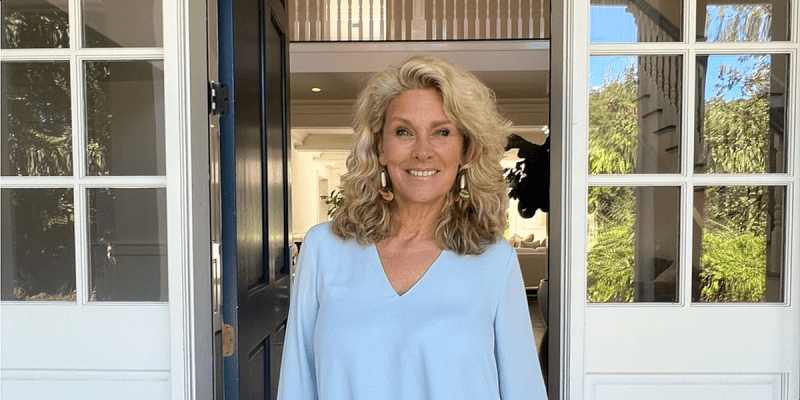City Council members appear skeptical of Mayor Cherelle Parker’s strategy of increasing income eligibility guidelines for several programs under her $2 billion housing plan.
Lawmakers questioned Parker’s top housing officials during an all-day hearing Wednesday as they consider whether to approve her proposal to borrow $800 million to support the administration’s Housing Opportunities Made Easy, or H.O.M.E, initiative.
Parker has said the plan’s goal is to preserve or build 30,000 units of affordable housing over four years through the creation, expansion and continuation of dozens of programs aimed at helping tenants, homeowners and prospective buyers.
Though billed as a comprehensive plan, the chair of Council’s housing committee, Jamie Gauthier, suggested the H.O.M.E. spending could be better directed to have more of an effect.
“Instead of making major investments in programs that are really popular and that really work in a way that could get even more of an impact, we’re spreading it out very thinly,” Gauthier said.
Tiffany Thurman, Parker’s chief of staff, replied that the administration would welcome a push from lawmakers to raise the initiative’s price tag.

Income guidelines for most housing benefits are based on area median income (AMI), which comes from data on the wider Philadelphia region. The AMI for the metropolitan area is nearly $120,000 for a family of four; however, the city’s median household income is about $60,000 a year.
Parker has maintained that she does not want to “pit the have-nots against those who have just a little.” And she even warned people at a town hall meeting last week to be “leery” of those saying the funding should be devoted to the city’s poorest residents.
“We are not trying to pit the have-nots versus the have-littles. We’re just not,” Councilmember Rue Landau said. “In fact, that’s where I want the largest investment of funding to go – the have-nots and have-littles. It’s the higher levels that are a little more concerning to me.”
Members wondered why the administration put forward a plan to expand income restrictions when some of the most popular programs have hefty waiting lists with the current qualifications.
An example is the Basic Systems Repair Program, or BSRP, which pays for expensive emergency home projects. The benefit is now open to those at 60% AMI or less ($71,650 for a family of 4).
Parker’s plan devotes $84 million from the bond funding to BSRP and would permit anyone making up to 100% AMI to participate, even though more than 7,000 residents are currently waiting on repairs.
Thurman repeatedly rejected the premise that the H.O.M.E. initiative is leaving out low-income Philadelphians. Administration officials argued that there is a need for housing assistance among residents who do not meet traditional income benchmarks and have additional costs in their lives.
“We have made the case that we’re not leaving out the bottom, while also thinking about teachers and firefighters and nurses and municipal workers,” Thurman told Council.
Ira Goldstein, a housing consultant for the city and senior advisor at the Reinvestment Fund, noted that about 70% of units created or preserved under the H.O.M.E. plan are targeted for those at or below 50% AMI (under $54,000 for a three-person household).

Other topics of discussion included the Philadelphia Energy Authority’s Built to Last program – which will not be funded under Parker’s proposal – and the mechanics of a streamlined process to relinquish and develop city-owned land. The role of Registered Community Organizations and public input into development projects was also brought up.
Council members appeared generally supportive of issuing $800 million in bonds to pay for the plan, though they peppered administration officials with questions about the mechanics and details.
Negotiations around the best way to distribute the housing dollars seem likely to continue. Talks are occurring as part of the ongoing municipal budget process. If approved, H.O.M.E.-related projects are expected to begin this fall, Thurman said.
In addition to the borrowed money, the administration is calculating the $2 billion number utilizing $1 billion worth of city-owned land, much of it vacant lots, and $200 million in funding from the federal government, the city’s housing trust fund and other sources.
Parker’s team is hoping to secure dollars from partnerships, including a potential investment from construction-related labor union, officials said.
As part of the H.O.M.E. initiative, the mayor’s office is also planning to introduce a package of zoning legislation to facilitate the construction and rehabilitation of residential units. The first batch of bills could be introduced as early as next Thursday, administration representatives said.





























